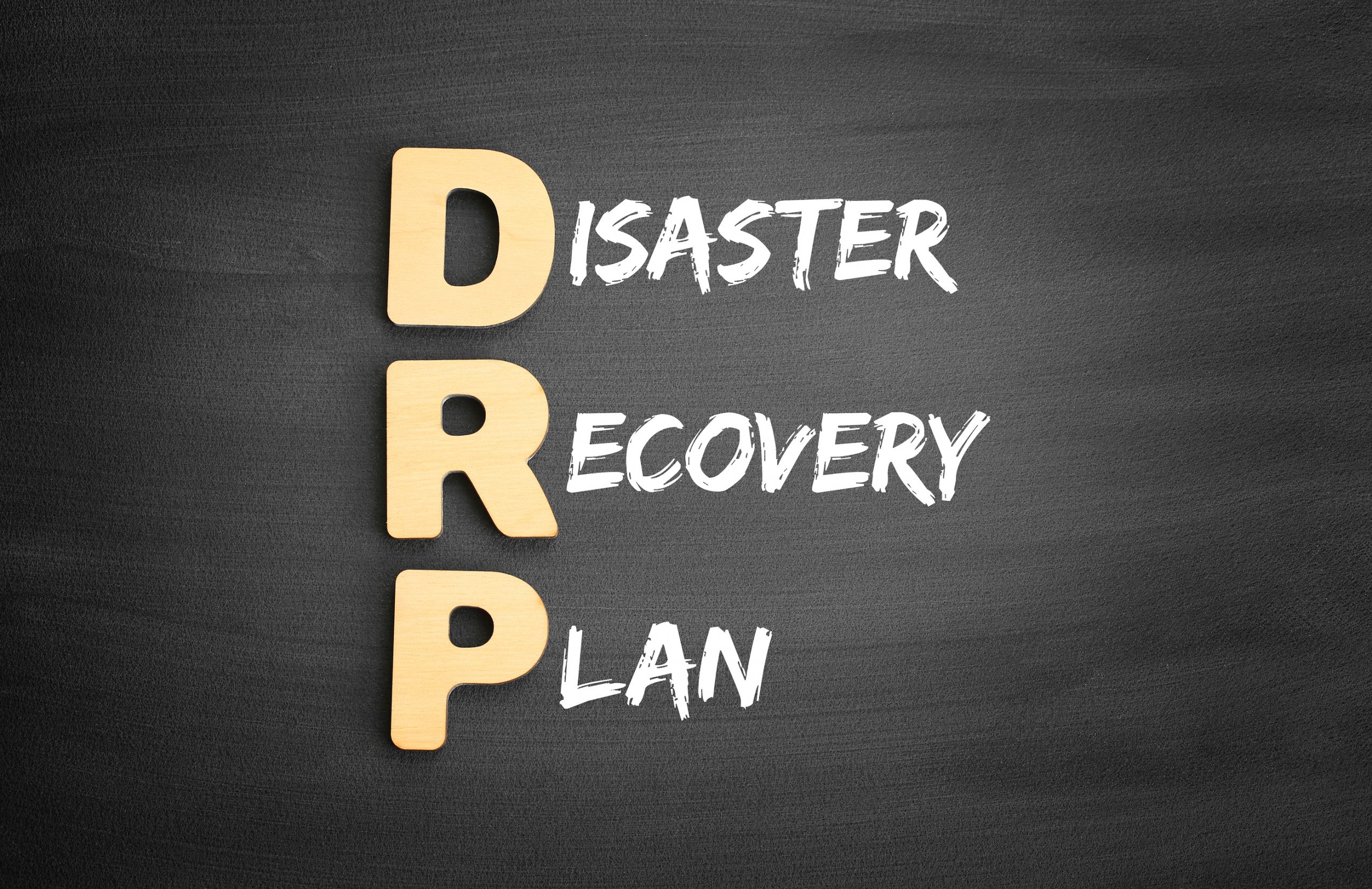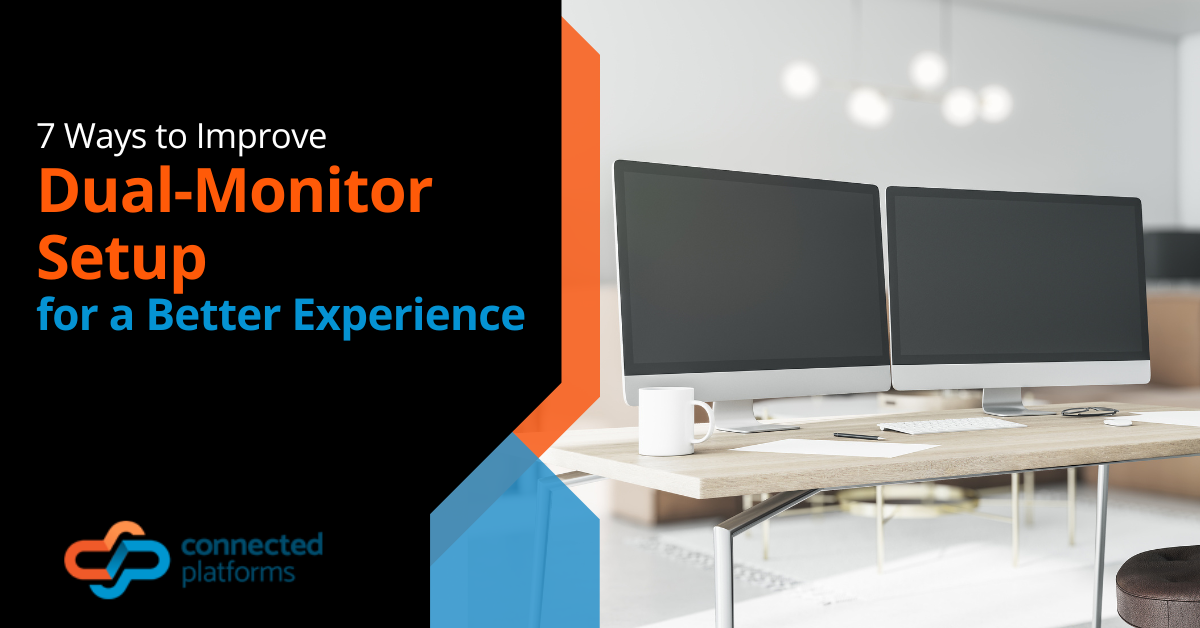If the world wasn’t already unpredictable enough, it seems that new potential disasters keep coming from out of the blue. In 2020, the COVID-19 pandemic threw many companies without a solid business disaster recovery plan through a loop in Brisbane and the rest of the world.
The businesses that were the most resilient, adjusted their operations quickly, and were able to mitigate revenue losses with a solid disaster recovery plan.
Business continuity and disaster recovery planning are vital to ensure a business isn’t hurt irreparably by multiple threats. These threats can include everything from a flood or fire to an extended cloud outage or server crash.
43% of small and medium enterprises are never able to recover from extended downtime and end up closing for good following a disaster.
Many companies believe they have a decent business disaster recovery plan in place, only to find out in the midst of a catastrophe that it was missing some critical components.
You don’t have to look very hard to find many businesses that had nothing in their plan to prepare them for the staff and customer behaviour impacts caused by the coronavirus.
What are the biggest mistakes companies make with their disaster recovery planning? We’ll go through those next to help you avoid making them yourself.
Business Disaster Recovery Plan & Business Continuity Mistakes to Avoid
Not Coming Up with Every Disaster Scenario
It’s easy to name a few disaster scenarios off the top of your head… flood, fire, hard drive crash, data breach, (and now) pandemic. But if you stop there, you would be leaving yourself exposed with a recovery plan that’s missing a lot of potential events.
A big mistake made by many companies is not going far enough in their disaster scenario planning or including smaller, but still devastating, events.
Be sure to include things like computer theft, short internet or power outages (that can still cost you thousands in downtime), and any other incident that could interrupt or completely stop your operations.
Not Stating Who is Responsible for Which Processes
You can have a business continuity management and recovery plan laid out on paper, but if you haven’t indicated who is responsible for what, then it’s not going to be implemented properly.
Confusion can easily ensue in the midst of a disaster or other work-stopping event, and you don’t want to try to assign tasks at that time. It’s important to have a well-trained team and to know which person is going to kick off the disaster recovery plan and once that happens, who is doing which process in the plan.
Not Implementing the Technology Needed to Execute Your Plan
Some companies put a thorough disaster recovery plan into place, including identifying the technology systems they need to carry it out. But then they never follow through.
So, when disaster strikes, they’re scrambling trying to purchase the cloud applications, hardware, or other IT included in the plan.
The purpose of identifying systems for disaster recovery is to give you time to budget for them and put them into place based upon priority needs. That way, your plan can be easily implemented when something happens.
Not Testing & Training on the Plan
If your disaster recovery plan just stays on a shelf until it’s needed and users haven’t been trained on it, there are bound to be problems with carrying it out correctly.
Testing and training on your recovery plan has two distinct benefits:
- Ensures users can follow it accurately and swiftly in the event of a disaster
- Allows you to catch weaknesses or areas of the plan that need work
Never Updating a Disaster Recovery Plan
Some companies make the mistake of never updating their disaster recovery plan after it’s created. So, when they really need it during a crisis event, they find parts of it outdated, such as responsible parties that are no longer with the company, or a change in software since the plan was developed.
Disaster recovery plans should be updated regularly both to ensure it continues to be current with the operations of your organisation and to add any new potential events, like a pandemic and extended stay-at-home orders.
Not Including Customers in the Plan
Companies are typically focused on their operations when it comes to a business disaster recovery plan. How to get them back up and running, how to respond after a malware infection, etc., but customers are also a major part of how you’ll continue to operate after a disaster.
For example, if there’s a wildfire that impacts the community as well as your business, how do you reach those customers or expand your operations virtually to allow you to earn new business?
In the case of the pandemic, consumers went to a “homebody economy,” requiring businesses to reinvent how they served and reached their customers.
Customers are an important factor to include in a disaster recovery plan because they’re connected to your bottom line.
Does Your Business Disaster Recovery Plan Need an Update?
Connected Platforms has disaster recovery and business continuity experts on staff that can help you update your recovery plan to ensure your business is ready for anything.
Contact us today for a free consultation or for professional managed IT services and business continuity solutions. Call (07) 3062 6932 or book a coffee meeting online.




